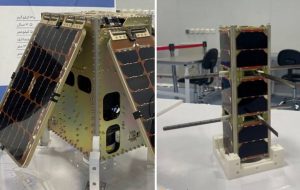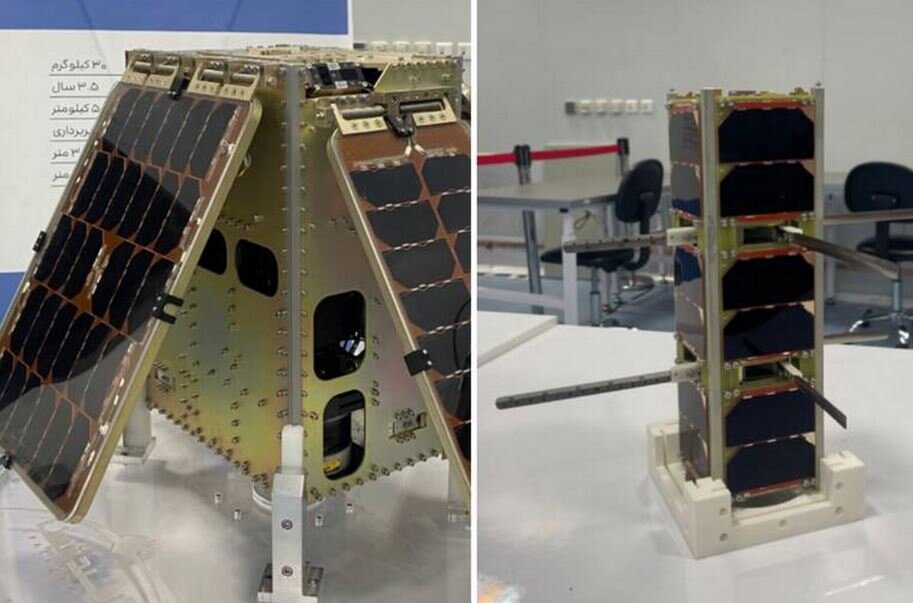Iran’s space industry receives boost as private sector joins race
TEHRAN – Two privately developed Iranian satellites are scheduled for launch on Tuesday, marking another step forward for Iran’s burgeoning space program. On Monday, Iran’s Ambassador to Russia Kazem Jalali announced in a post on X that a Russian Soyuz launcher is set to launch two domestically-produced Iranian satellites, Kowsar and Hodhod, into space during


TEHRAN – Two privately developed Iranian satellites are scheduled for launch on Tuesday, marking another step forward for Iran’s burgeoning space program.
On Monday, Iran’s Ambassador to Russia Kazem Jalali announced in a post on X that a Russian Soyuz launcher is set to launch two domestically-produced Iranian satellites, Kowsar and Hodhod, into space during the early hours of Tuesday.
Jalali additionally emphasized that the two satellites were conceived and produced by a team of young Iranian scientists at the Omid Faza knowledge-based company, with assistance from Iran’s Vice Presidency for Science, Technology, and Knowledge-Based Economy, the Iranian Space Agency (ISA), and the Iranian embassy in Moscow.
The Ambassador also conveyed optimism that the satellite launch would mark a significant and resolute advancement in facilitating the involvement of Iran’s private sector in the space industry.
Iran successfully attained the ability for orbital launches in 2009 and has made remarkable strides in its civilian space program, demonstrating resilience and innovation in the face of Western sanctions.
Iran stands as the ninth nation to successfully launch a domestically manufactured satellite into orbit using its own launch vehicle. It is now recognized among the world’s top ten countries capable of developing and launching satellites.
The launch of Kowsar and Hodhod marks a significant milestone, showcasing the first-ever participation of the Iranian private space sector in the nation’s expanding space program and enhancing the achievements of government space initiatives.
Kowsar is a high-resolution imaging satellite, with its design process commencing in 2019. Weighing 30 kilograms, this domestically developed Iranian satellite boasts an estimated orbital lifespan of over three years. It features a color imaging range of 15 kilometers and can capture images at a rate of 6 frames per second. Kowsar is designed to support agricultural, land survey, and cadaster services.
Hodhod is a lightweight communications satellite, weighing 4 kilograms and positioned at an orbital height of 500 kilometers. With an orbital lifespan of four years, it serves a range of applications, including agriculture, land survey, transport, and environmental protection. A notable advantage of the Hodhod satellite is its ability to provide Internet of Things (IoT) services, offering international coverage even in remote areas such as forests and mountains.
On September 14, Iran marked a momentous achievement in its space program with the successful launch of the domestically developed Chamran 1 research satellite into orbit. This satellite was deployed at an altitude of 550 kilometers (341 miles) above the Earth’s surface using the homegrown Qaem-100 space launch vehicle (SLV).
